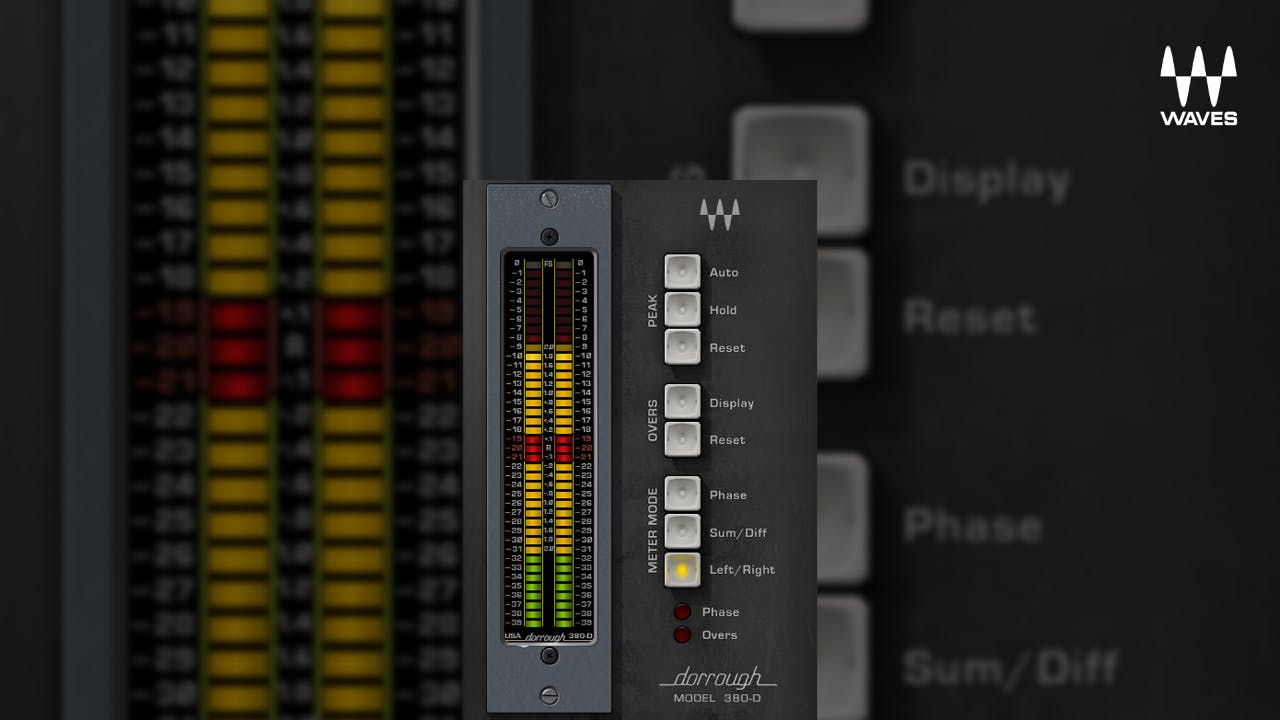soundofsilence
Member
- Joined
- Feb 13, 2023
- Messages
- 28
- Likes
- 10
A good enough reason for me, and thats certainly why I am considering it, but is that why they are actually manufactured too?
Technically they tell you how many watts you are really using to get the level of loudness you are hearing. If you are maxing out the power of your amp, you will know it.
Ok now I want 4” diagonal pairs of these vector scope sorts or meters instead of just bouncing needles.Wow!
The screen is pokey but I gotta hand it to Mc. It's a vectorscope! Awesome. I've been messing around with Signalizer which is cheaper than anything Mc and has more even knobs.
The Krell style rack handles” ruin the look of that unit. I’m not a fan of the McIntosh retro design language at all, but at least be consistent. what were they thinking…Something like that but probably more complicated than just a resistor to minimize the side effects of the voltage drop however low it is, and accuracy as well. The root of the issue, imo, is not so much about accuracy, but the real meaning of the indicated "watts" for real world applications when loudspeakers are used, not load resistors or inductors.
As to accuracy, don't really need it to be high, take a look of the following I took in a dealer where the amp was driving a pair of Sonus Faber flagship towers:
The needle stayed mostly in the decimal watt range, rarely peaked above 35 W. So who care if accuracy is say +/- 25%? I also have a bunch of videos taped in dealer/trade shows demo rooms, it is always the case (except one that I can remember) that, even at insane spl, those hug 4 ohm nominal giant towers or bookshelves never seemed to need more than 100 W peak!
Back to the root, or nature of the beast, as we all know, speaker loads are not resistors. The impedance and phase angles are time and contents dependent varying, the speakers simply would produce sound and the SPL does not correlate all that well with the "power" dissipated in the speaker's crossovers and voice coils, or the power dissipated in the amplifier's output devices. You give it 2.83 V, it gives you X dB @1m, that's it. That's why I prefer to see V, I, and THD indication simultaneously. Then we don't have to forever debate whether the reported (by forum members) deficiency of their amp is "power" or "current" related.
View attachment 424253
Its a first approximation, without measuring the current the speaker impedance and music content can cause large errors. Does it show clipping? Vu meters are too slow to show fast clips, the reason pros like to use PPMs as well.Technically they tell you how many watts you are really using to get the level of loudness you are hearing. If you are maxing out the power of your amp, you will know it.

Clipping? What clipping would it show? It is not inside the amp to have a single for that.Does it show clipping?
And what approximation would you have if you had no meter?Its a first approximation, without measuring the current the speaker impedance and music content can cause large errors.
So we definitely have the opportunity to get someone to start adding cool meters to stuff. Maybe @Buckeye Amps?
Thanks for the insight! What are the consequences of when you exceed the power that the amp can provide? Sorry for the ignorant question.Technically they tell you how many watts you are really using to get the level of loudness you are hearing. If you are maxing out the power of your amp, you will know it.
I'll give it a try.Thanks for the insight! What are the consequences of when you exceed the power that the amp can provide? Sorry for the ignorant question.
So if I have a 200w power camp and I turn the volume up to the meter reading more than 200w what is going to happen? Is the result 'merely' clipping? I also don't fully understand clipping and would be super grateful of an explanation as to what it means!
Sorry if this is an ignorant question!
This image shows what a clipped ouptut waveform will look like with servere clipping (where the target output waveform is about 2x what the power supply can support).I'll give it a try.
If you exceed the power amplifier ability then you cause clipping. Clipping is where the output of the amplifier meets or exceeds the positive and negative voltage rails of the amplifier. Clipping sends DC power to the speakers and this can cause damage and often or always does depending on the degree of clipping.
A basic class AB schematic showing the positive and negative voltage rails of a theoretical number of +/- 30 Volts DC. It also shows the Rload which is the speaker shown as a resister. When the signal input/volume control shown as Vs in the schematic is turned too high then the amplifier clips and send DC 30 volts positive and negative to the speakers. DC overheats speakers and causes damage.
View attachment 425831
You said "If you are maxing out the power of your amp, you will know it." I took "maxing out the amp" as clipping. And as you say, you will not now it.Clipping? What clipping would it show? It is not inside the amp to have a single for that.
The point is that these meters arnt accurate.And what approximation would you have if you had no meter?
The point is that these meters arnt accurate.
I am not even positive how to implement a clipping light or what have you.Clipping? What clipping would it show? It is not inside the amp to have a single for that.
